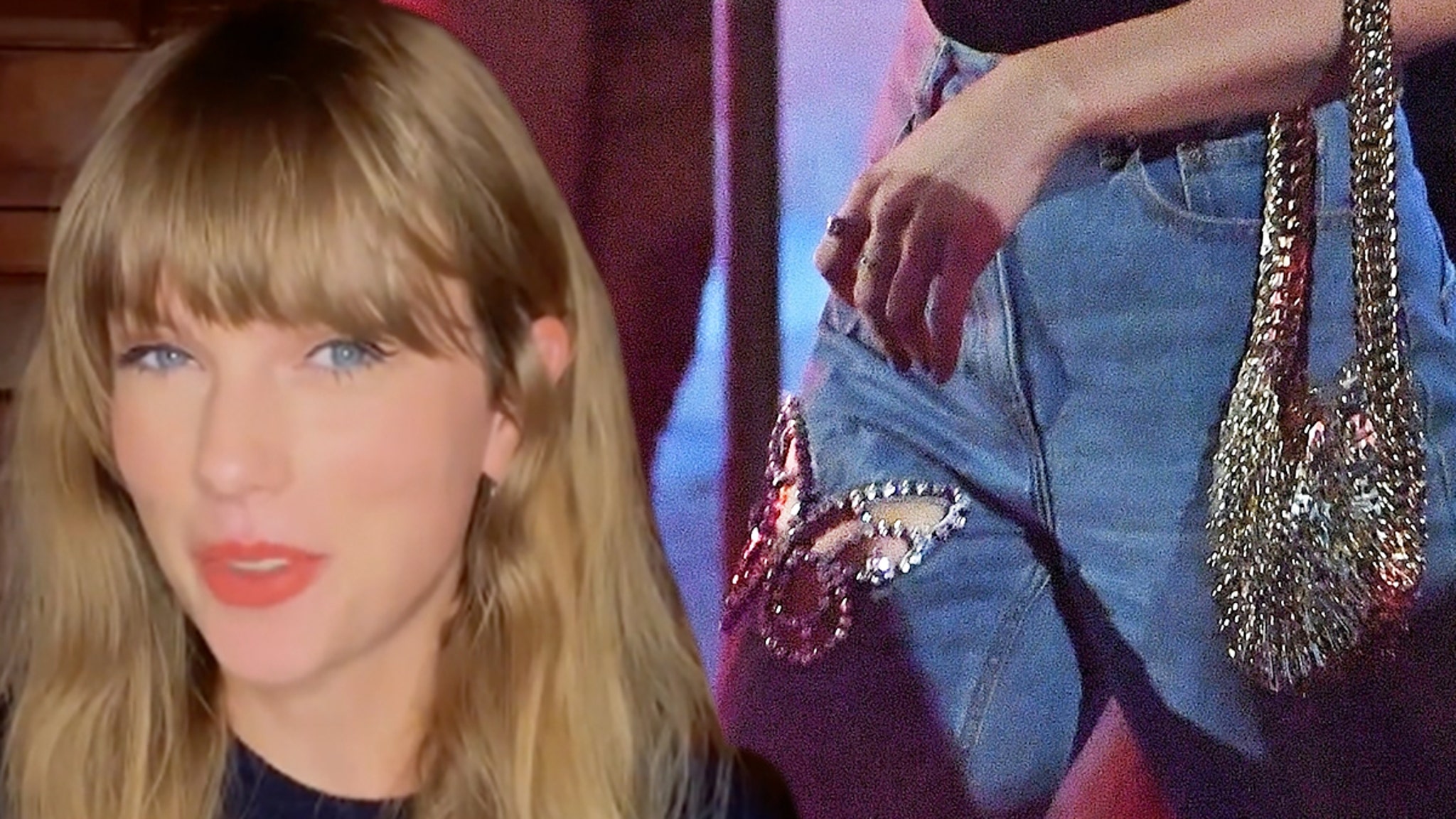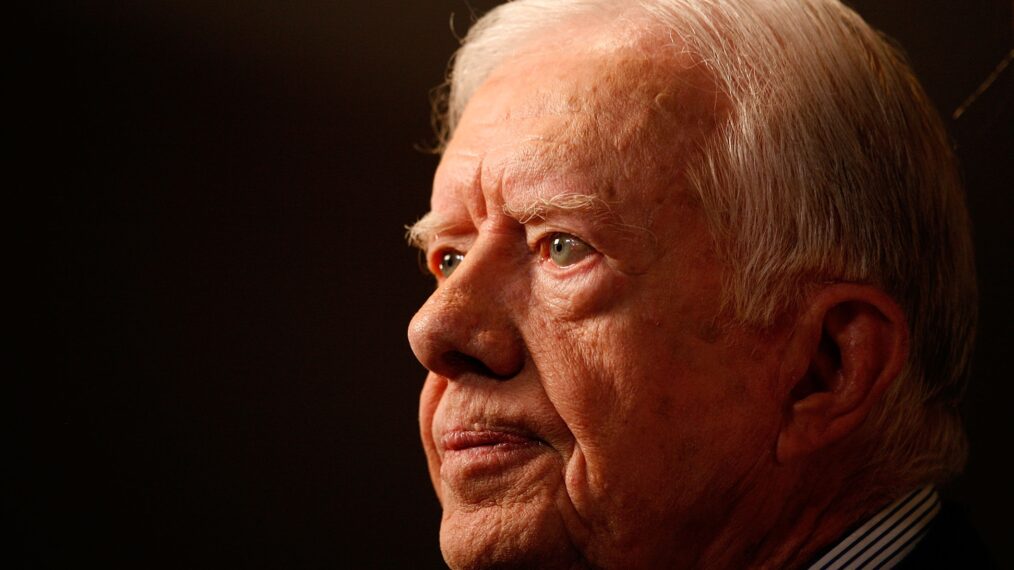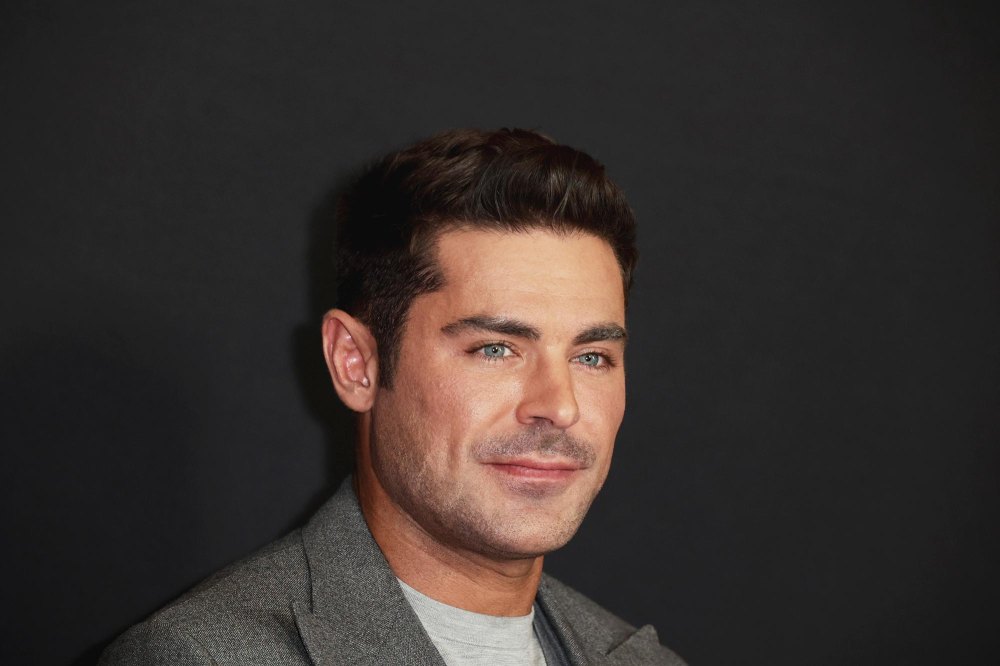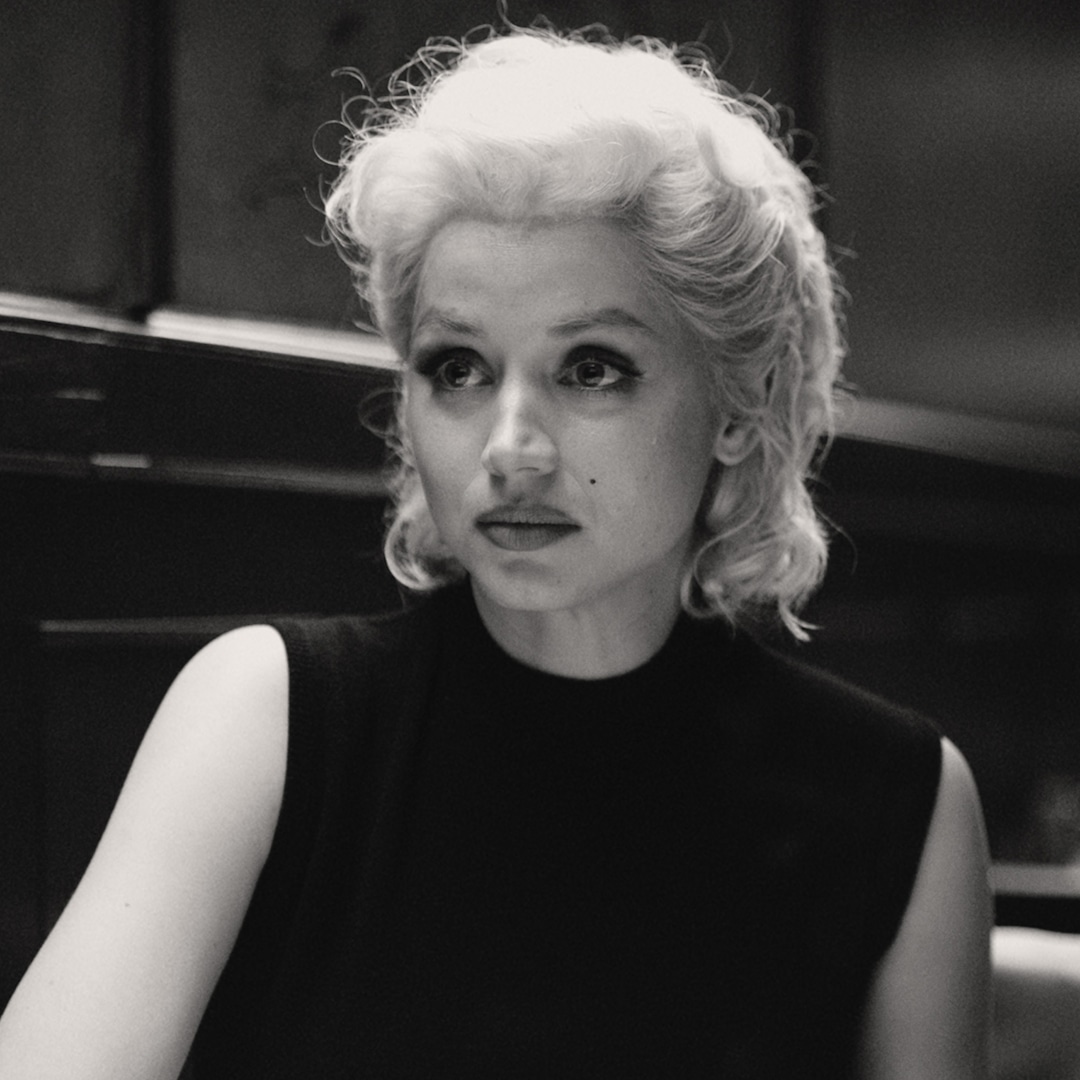With the exception of the Count himself, Renfield is the most dynamic character in the Dracula story. Originally conceived as a madman in Dr. Seward’s sanitarium with a mysterious connection to his vampire overlord, Renfield has evolved with the ever-extending mythos that has arisen around Stoker’s original creation.
Since the earliest Dracula films, the character has changed and deepened, become more and less integral to the story depending on the focus of the filmmakers, but has always been an opportunity for great character actors to let loose and give some of the most memorable performances in horror cinema.
This week, Renfield will finally get his moment at center stage, with Nicholas Hoult becoming the latest actor to bite into the role. In anticipation of his starring turn, here is a look at some of the very best depictions of everyone’s favorite fly-eating maniac.
Nosferatu (1922)
To avoid copyright entanglements with the Bram Stoker estate, the filmmakers of Nosferatu changed the names of the characters from Dracula to disguise that it was an adaptation of the novel. Here, Renfield is Knock (Alexander Granach) and serves as an Expressionist archetype—the insane mastermind that unleashes evil upon the world of the film, much like Dr. Caligari in The Cabinet of Dr. Caligari (1920) or Rotwang in Metropolis (1927). Knock is an estate agent with wild, unkempt hair surrounding the dome of his bald head, rotting teeth, and a sinister disposition. He is first seen with his feet wrapped around the stool he is sitting on, reading a piece of paper filled with occult symbols. He then sends Hutter (the film’s stand-in for Jonathan Harker played by Gustav von Wangenheim) to arrange for Count Orlok (Max Schreck) to purchase a home in the city of Wisborg.
The tradition of making the Renfield character a real estate agent, often as Harker’s boss or colleague, is a tradition that would continue through many films all the way up to Bram Stoker’s Dracula seventy years after Nosferatu, but it is an invention of this film. The closer Orlok gets to Wisborg, the more Knock falls under his spell and is soon committed to an insane asylum. The film cuts between him snatching at flies and Professor Bulwer (the Van Helsing character) teaching about carnivorous plants, which are compared to vampires. Knock also gets an exciting chase sequence in which he is hunted down through the streets and surrounding countryside by frightened townspeople who blame him for the epidemic of plague that has seized Wisborg. As was often the case in the German Expressionist tradition of archetypes, Granach’s performance is broad but compelling. In his few minutes of screen time, he sets much of the template for Renfield performances to come, but the next interpretation of the role would prove iconic.
Dracula (1931)
The greatest portrayal of Renfield still belongs to Dwight Frye in Universal’s Dracula starring Bela Lugosi as the Count. To streamline the story, it is Renfield rather than Jonathan Harker that meets Dracula in Transylvania, where he is bitten and made the vampire’s minion, explaining his bloodlust.
Frye beautifully plays the skeptic in these early scenes and holds his own against Lugosi’s undeniable magnetism. From the moment Renfield is discovered in the wreck of the Demeter, he steals every scene in which he appears. The distinctive squeezed laughter Frye created for the role is bizarre, creepy, and above all unforgettable. His greatest moment comes with his delivery of the “rats, rats, rats…” speech late in the film, his emphasis on the sibilant elements of each word making him sound like a hissing snake and sending chills up the viewer’s spine. He is frightening, magnetic, repellant, and pathetic all at once. Be it the nervous laughter, the wild eyes, or the vermin-like vocal affectations, practically every Renfield performance to come owes some debt, even a very small one in some cases, to Dwight Frye whose monumental performance in the role will likely never be eclipsed.
Count Dracula (1970)
Strangely, Renfield would not appear in another major Dracula movie for nearly forty years. Because he dies in the 1931 film, it makes sense that he does not appear in any of the Universal sequels, but it is odd that he is not a character in any of the Hammer series at all. Jesús (Jess) Franco’s Count Dracula (El Conde Dracula) would be the first attempt to faithfully adapt Bram Stoker’s novel. It does not entirely succeed in that ambition, but it does offer an opportunity for Christopher Lee to play the Count as he had always wanted, relying heavily on Stoker’s descriptions and dialogue at least for its depiction of Dracula, and a dream casting choice for the role of Renfield—Klaus Kinski.
Unfortunately, Kinski isn’t given much to do, and delivers a subdued, practically silent performance. His screams and cries are heard offscreen, but we never actually see his ravings. What is seen in the final film gives the impression that Kinski was uncooperative during filming, which was not unusual for the volatile actor, and his role was greatly altered as a result. Whether or not this was actually the case is unknown, but ultimately, he gives an underwhelming performance in a lackluster film, which feels like a wasted opportunity for such a dynamic actor as Kinski. Fortunately, he would return at the end of the decade in a much better Dracula film.
Nosferatu, Dracula, and Love at First Bite (1979)

‘Love at First Bite’
1979 was an embarrassment of riches for Dracula fans with three memorable and very different adaptations. Werner Herzog’s Nosferatu: The Vampyre (aka Nosferatu: Phantom Der Nacht) saw Klaus Kinski’s return to the Dracula story, this time as the Count himself, but much more in the mold of Max Schreck, though infused with much more humanity and melancholy, than Bela Lugosi or Christopher Lee. In this film, Renfield is very much like Knock in the 1922 version and sends Jonathan Harker (Bruno Ganz) to Transylvania to make arrangements for Dracula to come to Germany. Roland Topor’s unnerving performance, punctuated by fits of high-pitched nervous laughter, makes this one of the most memorable versions of Renfield ever. His wood and mesh cage filled with hundreds of flies is an especially delicious touch, as is the comment that he is the patient who “bit a cow.” To me, Topor’s is one of the three greatest Renfield performances to date along with Dwight Frye and Tom Waits, while also being one of the most overlooked.
The two other Renfield performances of 1979 are quite different from most. Milo Renfield is not given much screen time in John Badham’s Dracula, but actor Tony Haygarth makes the most of every moment. In this iteration, Renfield has been cheated and betrayed his entire life, and Dracula is merely the latest to swindle this pathetic man. After being attacked by the vampire while delivering a box of earth to Carfax Abbey, he feeds on cockroaches to quench his thirst for blood. Arte Johnson’s Renfield in the comedy Love at First Bite opposite George Hamilton as Dracula, is something of a cross between Dwight Frye’s version (the laugh in particular is quite familiar) and Marty Feldman’s Igor in Young Frankenstein with a dash of Peter Lorre mixed in for good measure. Unique to this film is the rapport and banter that master and familiar share. Sure, Renfield does Dracula’s bidding, but he very much enjoys doing the dirty work.
Bram Stoker’s Dracula (1992)
The last great version of Renfield, at least in a major motion picture, is Tom Waits’ portrayal in Bram Stoker’s Dracula directed by Francis Ford Coppola. Like most Dracula films, his version also creates a reason for Renfield’s madness and connection to Dracula (Gary Oldman) not found in Stoker’s novel. In this film, he was a real estate broker in the same firm as Jonathan Harker and preceded him in his dealings with the Transylvanian Count. When he returns to England, Renfield has a “complete mental break” in the words of Dr. Seward (Richard E. Grant). He is fiercely loyal to Dracula, but also warns Mina of the danger she is in. All the while, he is jealous of Dracula’s devotion to her, which Renfield believes is owed to him. “Master, you promised me eternal life, but you give it to the pretty woman,” he cries into the void after a visit from Mina. As with Dwight Frye and Roland Topor before him, there is a great deal of humor and subversive glee injected into Waits’ performance. He plays Renfield like an addict going through withdrawal, with a seething energy underlying every action and emotions that turn on a dime. It remains one of the most dynamic portrayals of the character ever committed to film.
After 1992, Dracula stories attempted to modernize, as with Dracula 2000 (2000), Stephen Somers’ Van Helsing (2004), and The Invitation (2022), and strayed further and further from the original characters. In these, Renfield is nowhere to be found. He did play a major part in the 2020 Netflix series Dracula with Claes Bang as the vampire and Mark Gatiss as Renfield, but otherwise, the character has essentially lay dormant for thirty years.
I expect that Nicholas Hoult’s Renfield and Nicolas Cage’s Dracula will be welcome additions to the over one-hundred-year tradition of the Count and his loyal familiar on screen. As the tagline indicates, maybe it “sucks to be him,” but it will surely be a joy for Dracula fans to finally see Renfield take his long-overdue moment in the spotlight.
Renfield arrives in theaters on Friday, April 14.


























































![Mason Ramsey – Twang [Official Music Video] Mason Ramsey – Twang [Official Music Video]](https://i.ytimg.com/vi/xwe8F_AhLY0/maxresdefault.jpg)

























